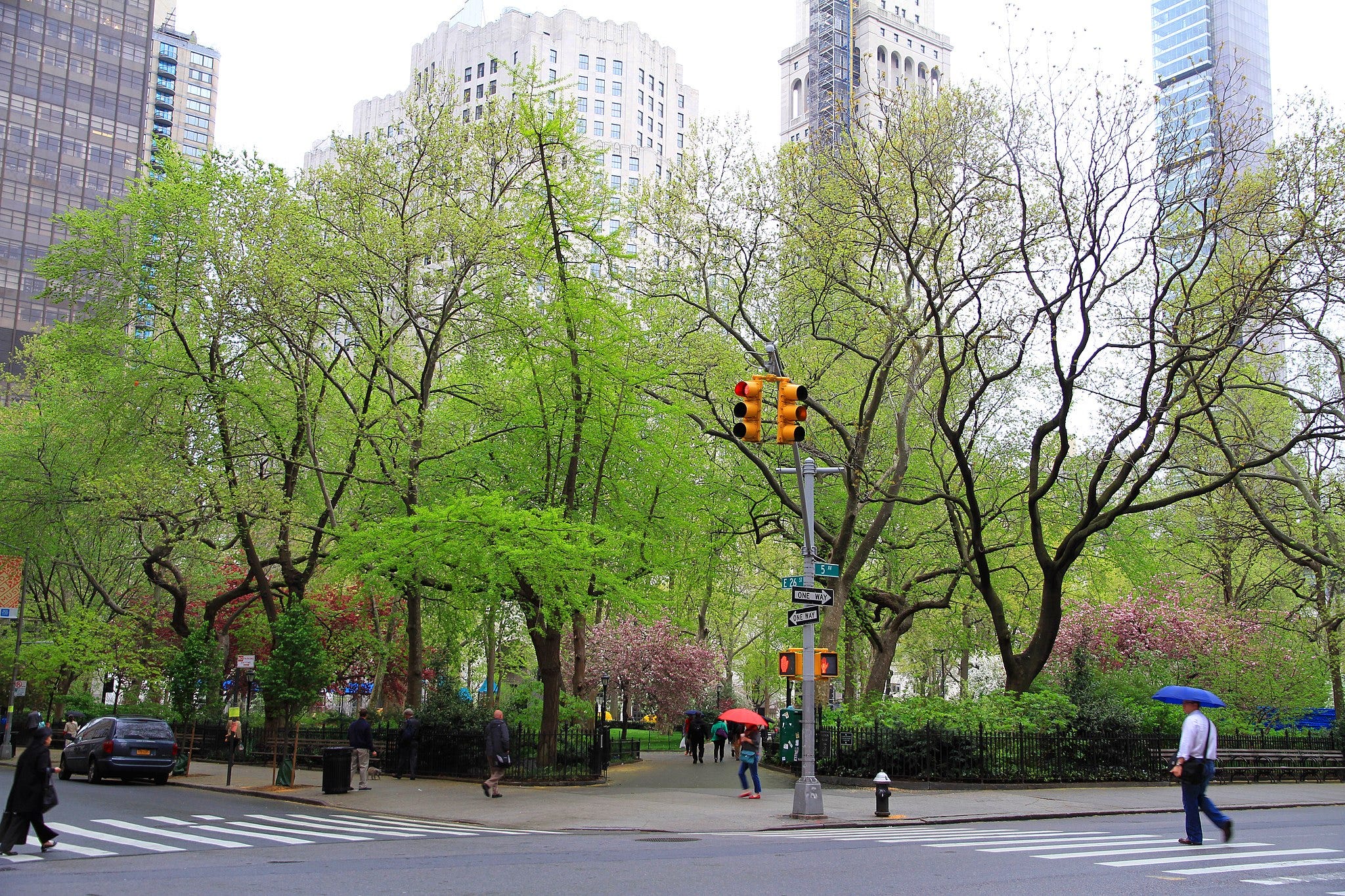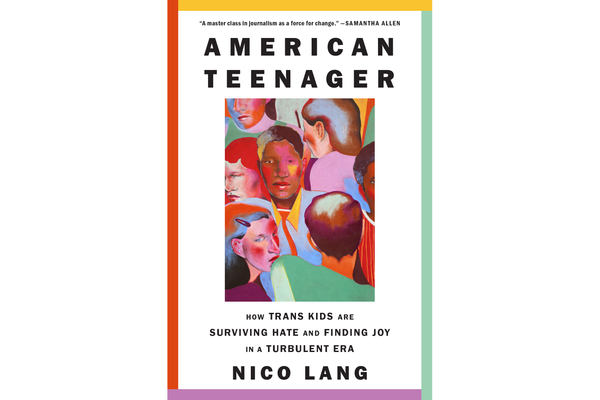More than just a coincidence
How I started my journey as a journalist telling the story of LGBTQ+ inclusion in the Boy Scouts of America.

I was sitting on the floor of my uncle’s apartment just outside of Washington D.C. It was late, late enough that the room was dark except for the glow of my laptop screen.
I was scrolling through Wikipedia, trying to learn about a Supreme Court case that I had, up until then, known almost nothing about: Boy Scouts of America v. Dale. My curiosity about the anti-gay membership policy had been piqued that summer of 2012, when the media frenzy kicked into gear and I found my place in the conversation as a budding high school journalist.
I’m not sure how I ended up on the BSA v. Dale Wikipedia page that night, but what I found there astonished me. James Dale, the gay Eagle Scout whose expulsion from his troop led to the Supreme Court case in the year 2000, was from Monmouth Council, New Jersey. My jaw dropped. I, too, was from Monmouth Council, New Jersey. I clicked through to Dale’s Wikipedia page, and I got goosebumps: Dale was born and raised in Middletown. I, too, grew up in Middletown.
I sat there in a state of total shock. This controversy, which began before I was even born and had captivated the nation, originated in my hometown. My council. I was stunned.
My mind raced through a million questions all at once: Does Dale still live there? Could I talk to him? How does my council feel about this now, a decade after the Supreme Court decision? Is this why my scoutmasters were so unwilling to talk to me about this topic? How did it all play out in Middletown back in 2000? What do people remember?
I felt like I needed to drop everything and answer these questions, but of course I couldn’t. I had come to Washington for a student journalism conference, and soon would be heading home to a busy summer and surely even busier school year. But that night changed something for me. It made me feel like I was born to tell this story — that what I discovered couldn’t be mere coincidence. I kept that feeling close and promised myself to return to it some day.

Seven years later, I was sitting on a bench in Madison Square Park in New York City. I was gazing up at the skyscrapers as they peaked over the trees and dappled sunlight filtered through to the ground below.
In the time since I had stumbled upon the Wikipedia page, a lot had changed: The BSA ended its ban on gay youth, and then gay adults. I discovered my own queerness, and came out to my friends and family. I graduated college and started working as a professional journalist.
And on that day in New York, I had just left a nearby cafe, where I interviewed James Dale for the first time. That reality had yet to sink in. It was hard to believe that I was there, that I was even able to find Dale in the first place, that he answered my email, that he agreed to meet with me. There was a sense of reverence about the whole thing, like Dale was letting me into a precious piece of his life, his story.
And he was. After a brutal decade of court battles, relentless press coverage and, ultimately, a loss in the Supreme Court, I wouldn’t blame Dale for not wanting to talk about it. He had every right to recede into anonymity, to ignore the press for the rest of his life. The fact that he didn’t, that he showed up and offered his story one more time, felt like another sign that I was on the right path.
That path, over the two years since I first met Dale, has led me to even more incredible places. I’ve since interviewed many other key figures in the fight for LGBTQ+ inclusion in the BSA. I’ve met many of you, fellow Scouters who care about diversity, equity and inclusion. And I’ve been convinced, now more than ever, that this is the story I was destined to tell.



